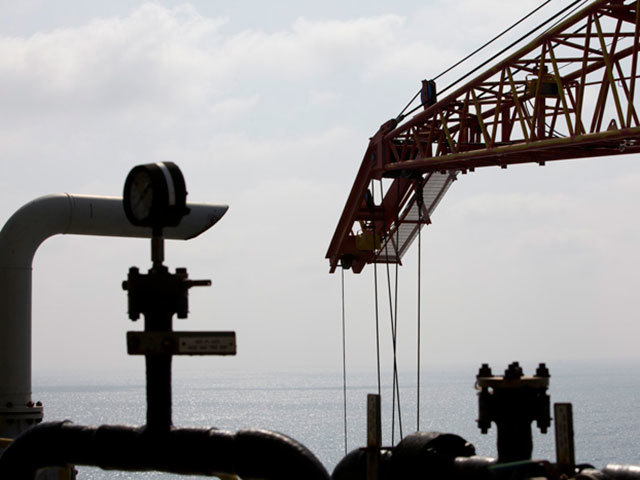
Brent crude rose for a third day amid signs that Iran will seek an output cut at OPEC’s meeting this week and after China unexpectedly reduced interest rates. West Texas Intermediate also extended gains in New York.
Futures climbed as much as 0.6 percent in London. Iranian Oil Minister Bijan Namdar Zanganeh may propose that the Organization of Petroleum Exporting Countries trim supply by 1 million barrels a day when he meets with Saudi Arabia’s Ali Al- Naimi before the group gathers on Nov. 27, according to Iran’s state-run Mehr News agency. China cut borrowing costs for the first time since July 2012 as the world’s second-biggest oil consumer stepped up support for its economy.
Oil is trading in a bear market as the U.S. pumps at the fastest rate in more than three decades amid signs of weakening demand. Leading OPEC producers are resisting calls to reduce supply while others such as Venezuela and Ecuador seek action to support prices ahead of discussions in Vienna.
“OPEC is certainly divided as to what they’re going to do,” Jonathan Barratt, the chief investment officer at Ayers Alliance Securities in Sydney, said in an interview on Bloomberg Television today. “Look at the pressure being borne on Saudi Arabia, particularly from Iran, Venezuela — they want a cut. This could actually represent a little bit of a rift developing within the group.”
Brent for January settlement increased as much as 49 cents to $80.85 a barrel on the London-based ICE Futures Europe exchange and was at $80.81 at 2:20 p.m. Singapore time. It rose 1.2 percent in the five days through Nov. 21, the first weekly gain since September. The European benchmark crude traded at a premium of $3.97 to WTI.
WTI for January delivery advanced as much as 44 cents, or 0.6 percent, to $76.95 a barrel in electronic trading on the New York Mercantile Exchange. The contract climbed 66 cents to $76.51 on Nov. 21. The volume of all futures traded was about 23 percent below the 100-day average. Prices have declined 22 percent this year.
An official at Iran’s oil ministry didn’t immediately comment on the Mehr report when contacted by phone yesterday. OPEC will focus on supply and demand at its meeting, Suhail Al Mazrouei, the energy minister of the United Arab Emirates, said in comments on Twitter.
OPEC’s 12 members, which supply about 40 percent of the world’s oil, produced 30.97 million barrels a day in October, data compiled by Bloomberg show. That exceeded their collective quota of 30 million a day, first agreed in January 2012, for a fifth straight month.
The days when OPEC could almost guarantee consensus when deciding output levels are long gone, according to Abdullah Bin Hamad Al Attiyah, the former Qatari oil minister who participated in the group’s policy meetings from 1992 to 2011. There’s an oversupply of about 2 million barrels a day, while global economic growth is below expectations, he said in a phone interview on Nov. 19.
Hedge funds turned less bullish on WTI as OPEC failed to signal it will act to halt the price drop. Money managers reduced net-long positions by 4.1 percent in the week ended Nov. 18, U.S. Commodity Futures Trading Commission data show. Outstanding futures contracts fell to the lowest level in more than two years.
In Beijing, the People’s Bank of China reduced its benchmark lending and deposit rates effective Nov. 22. The Asian nation, which trails only the U.S. in oil consumption, is headed for its slowest full-year economic growth since 1990.